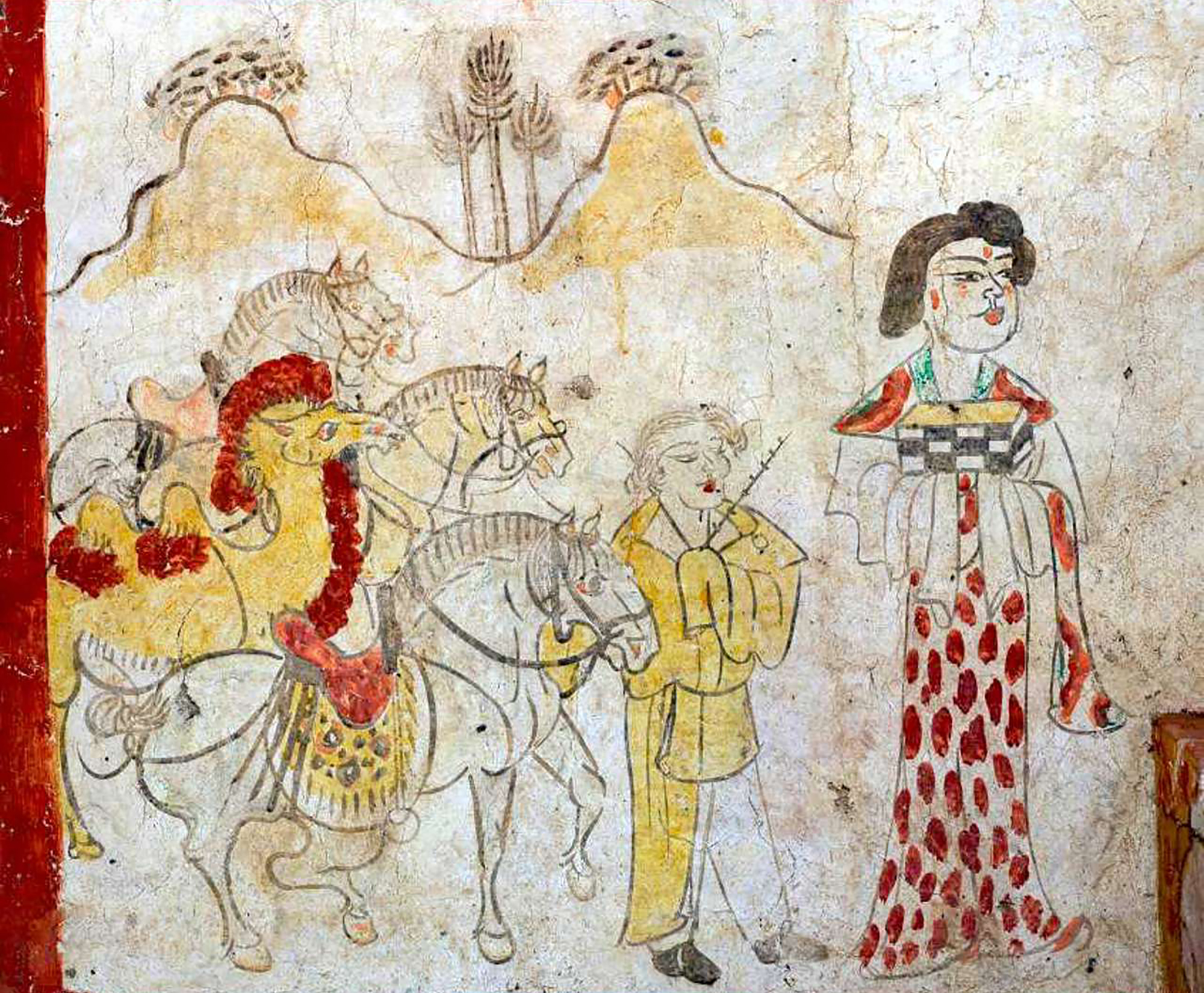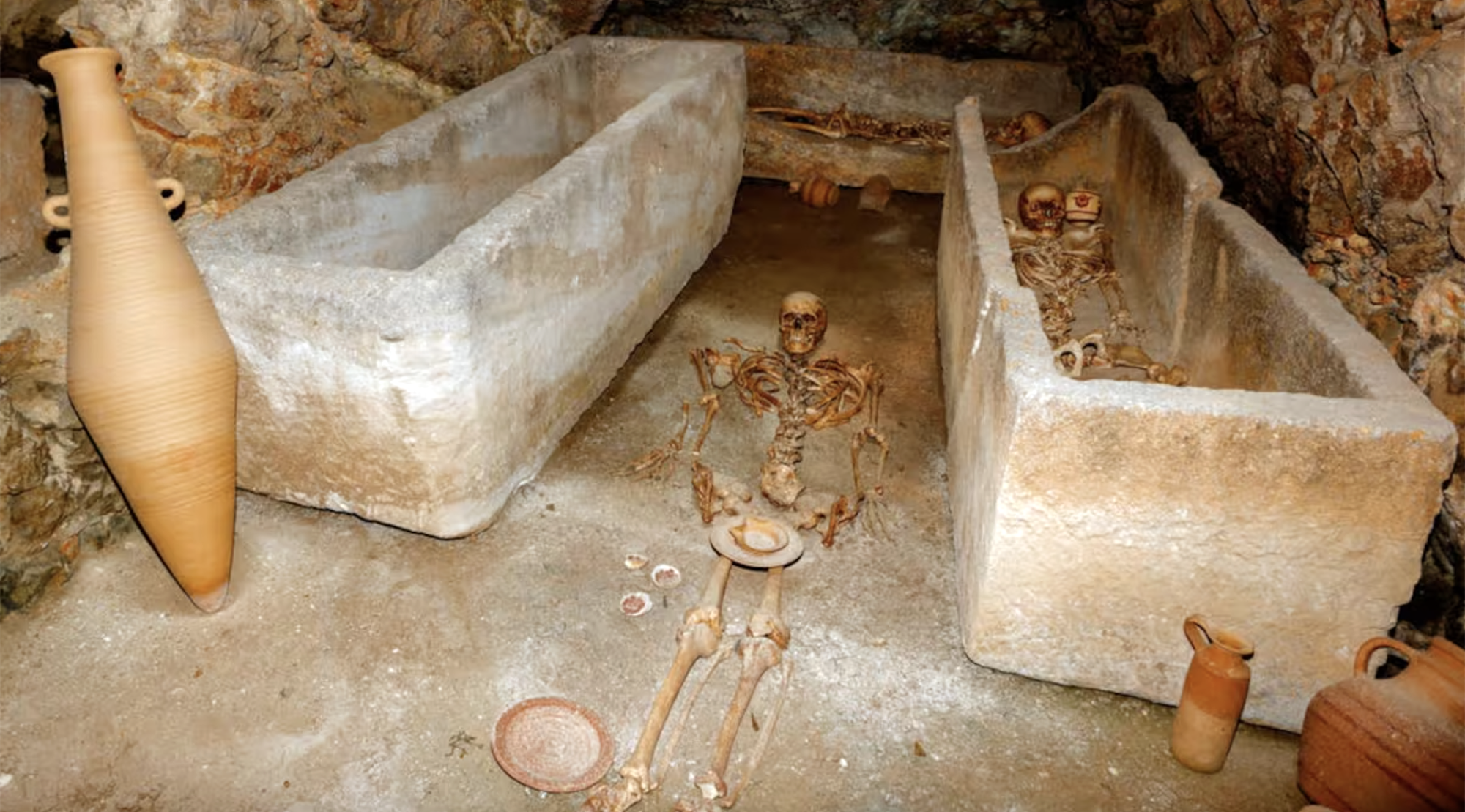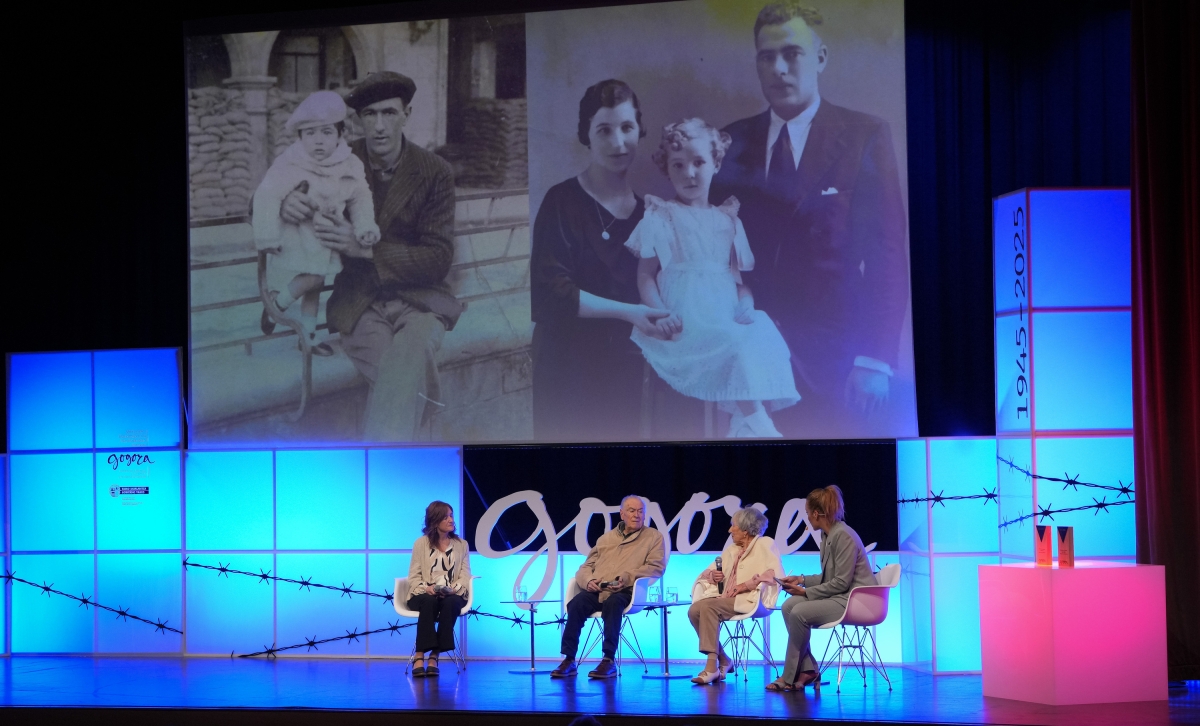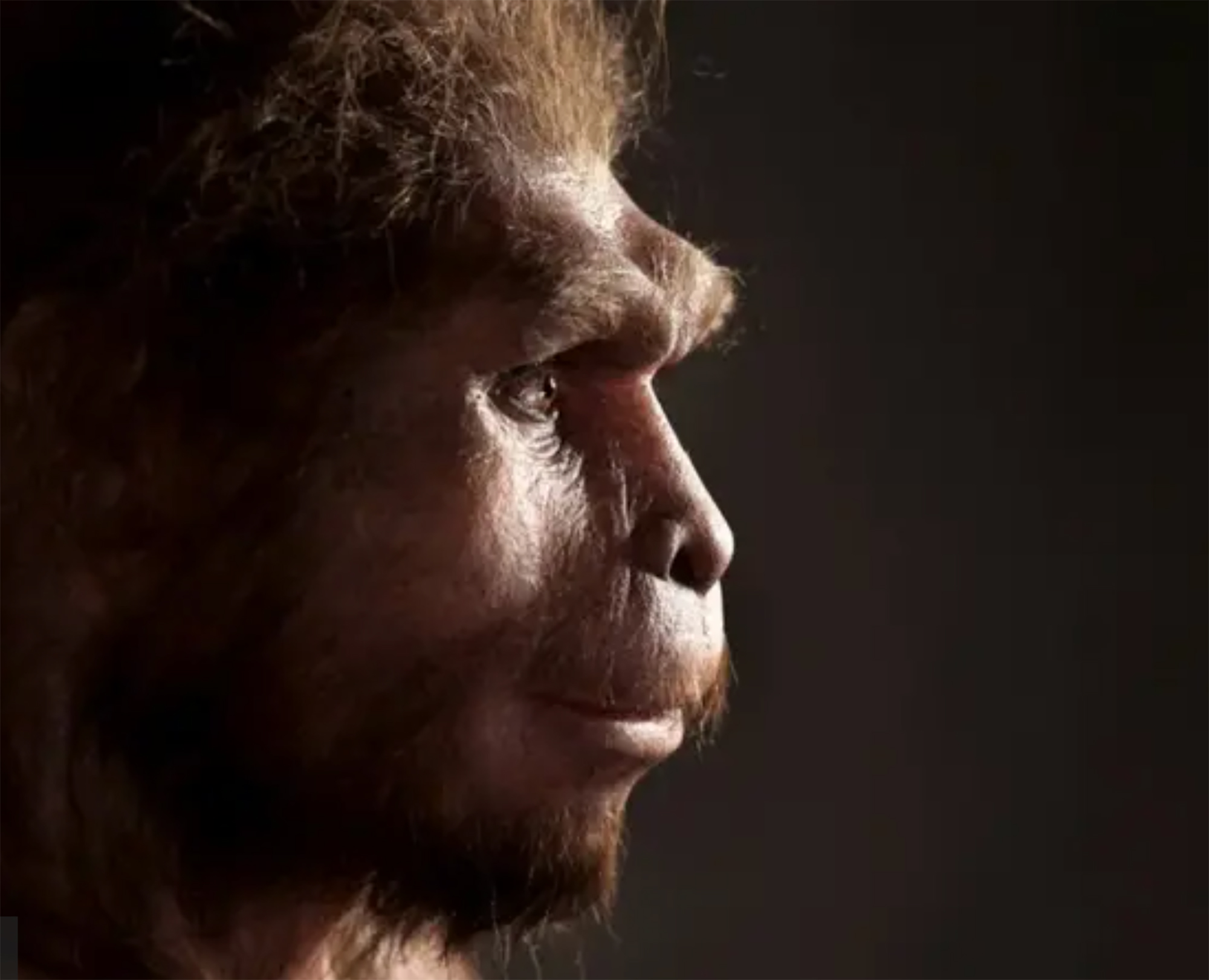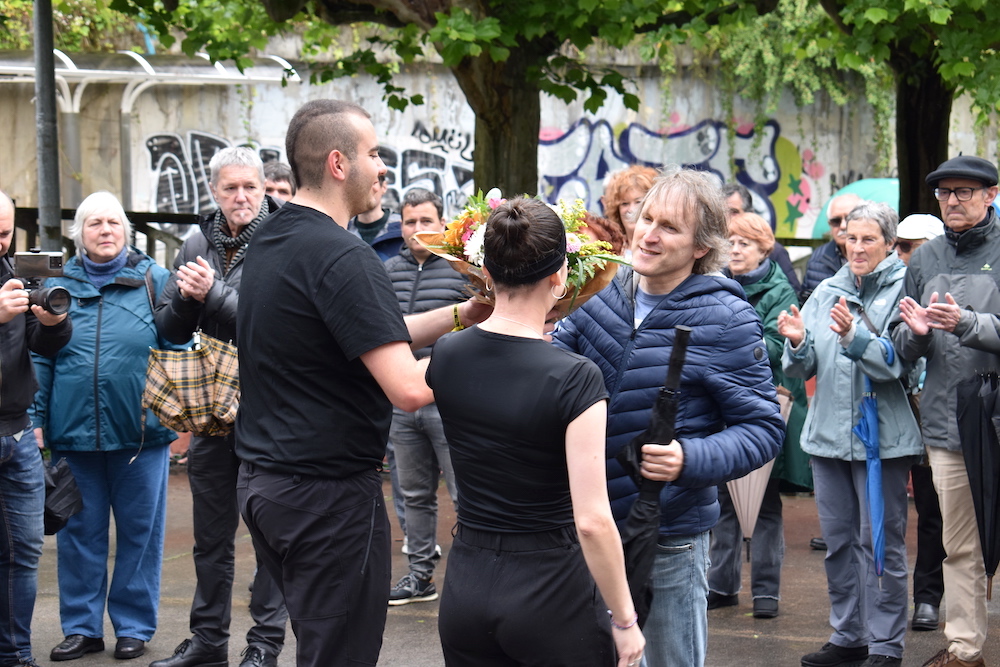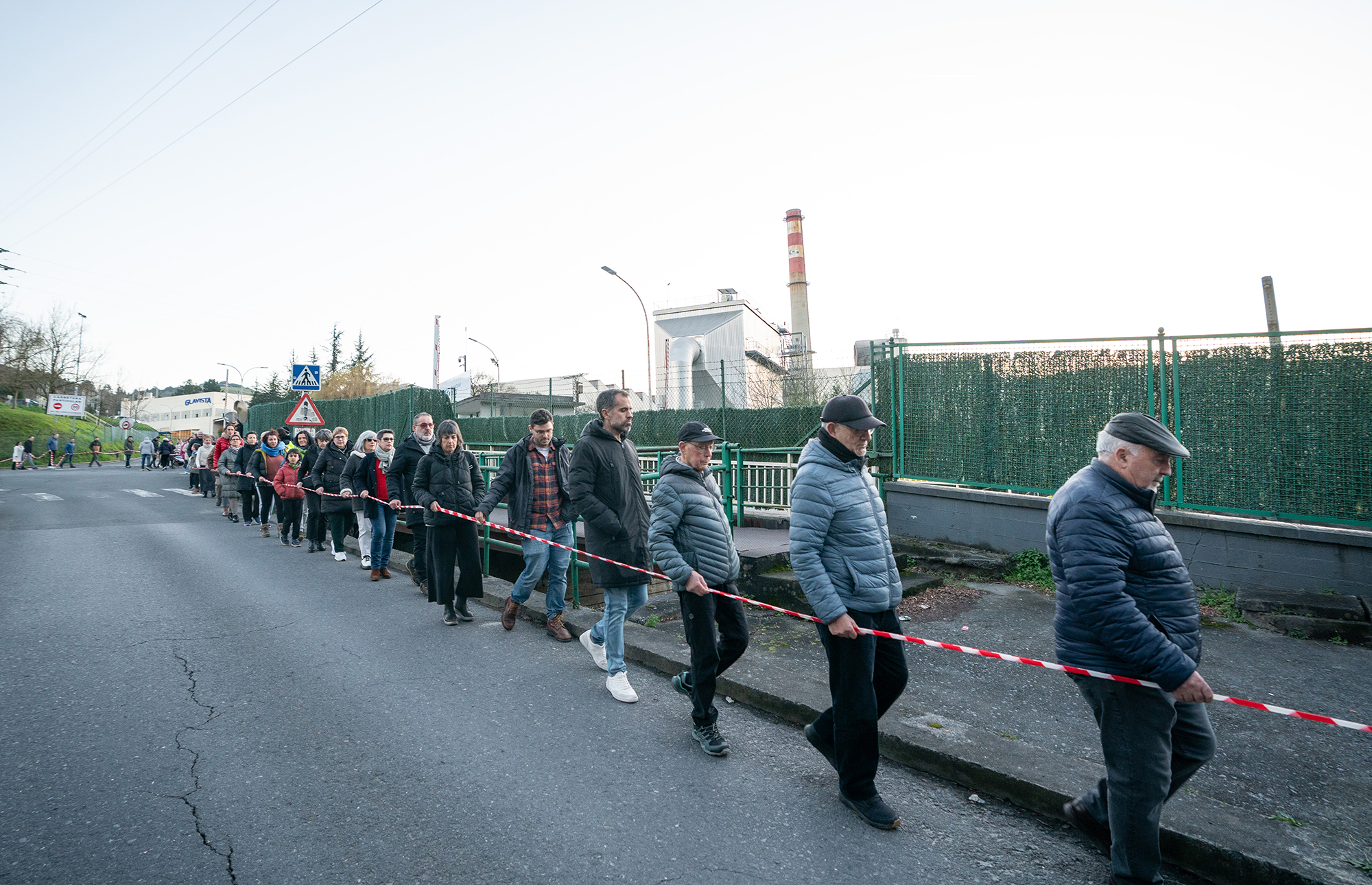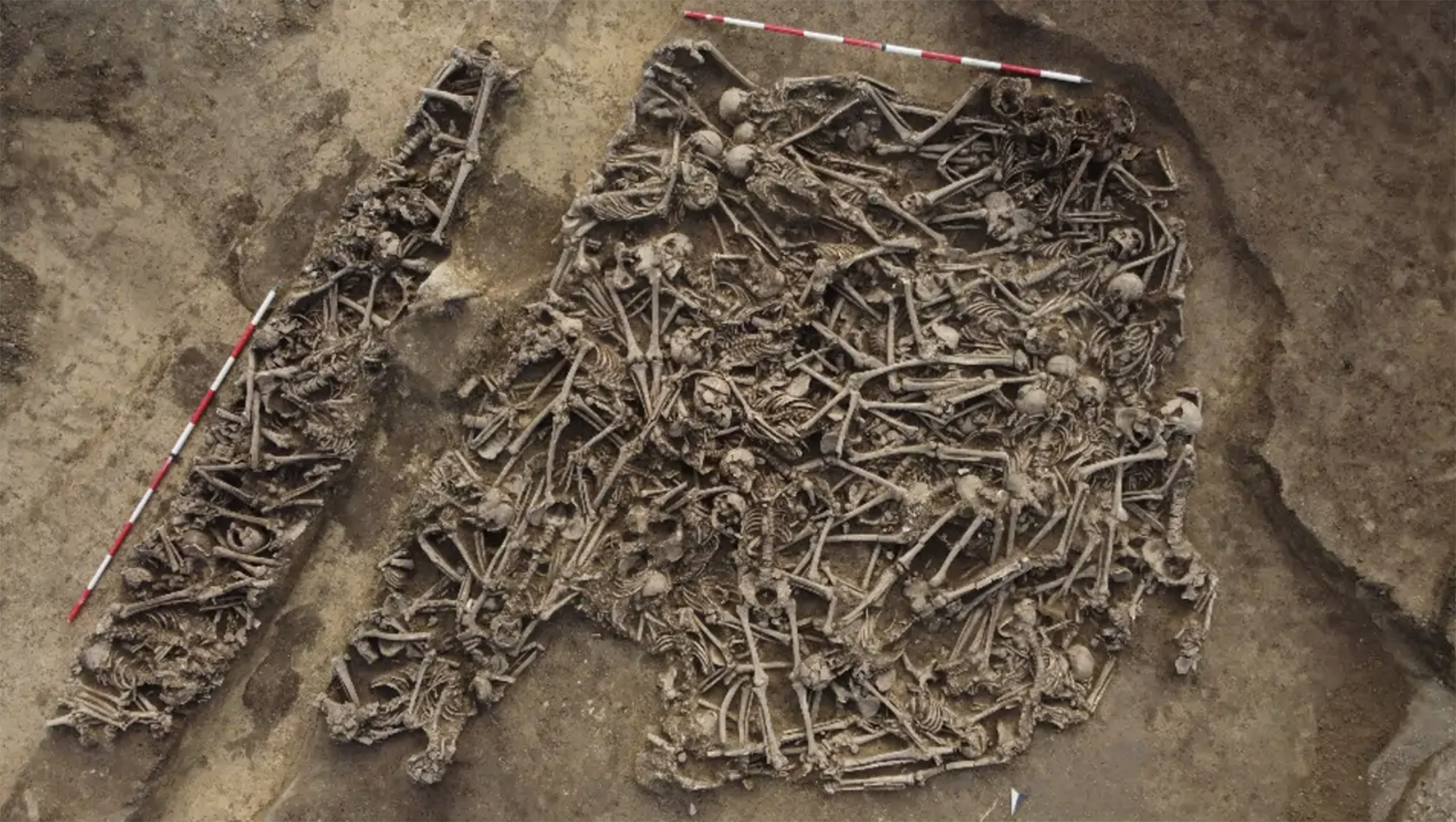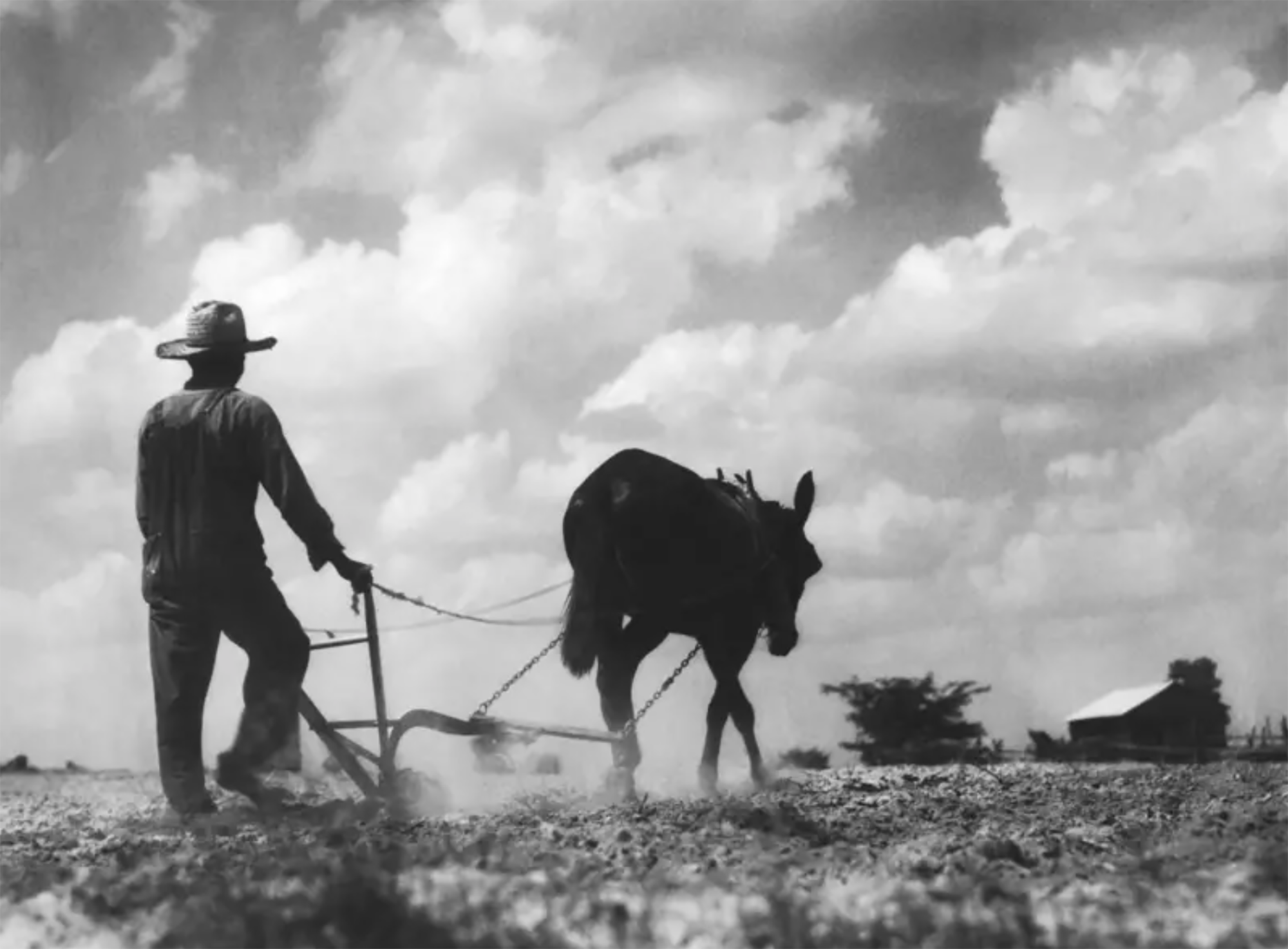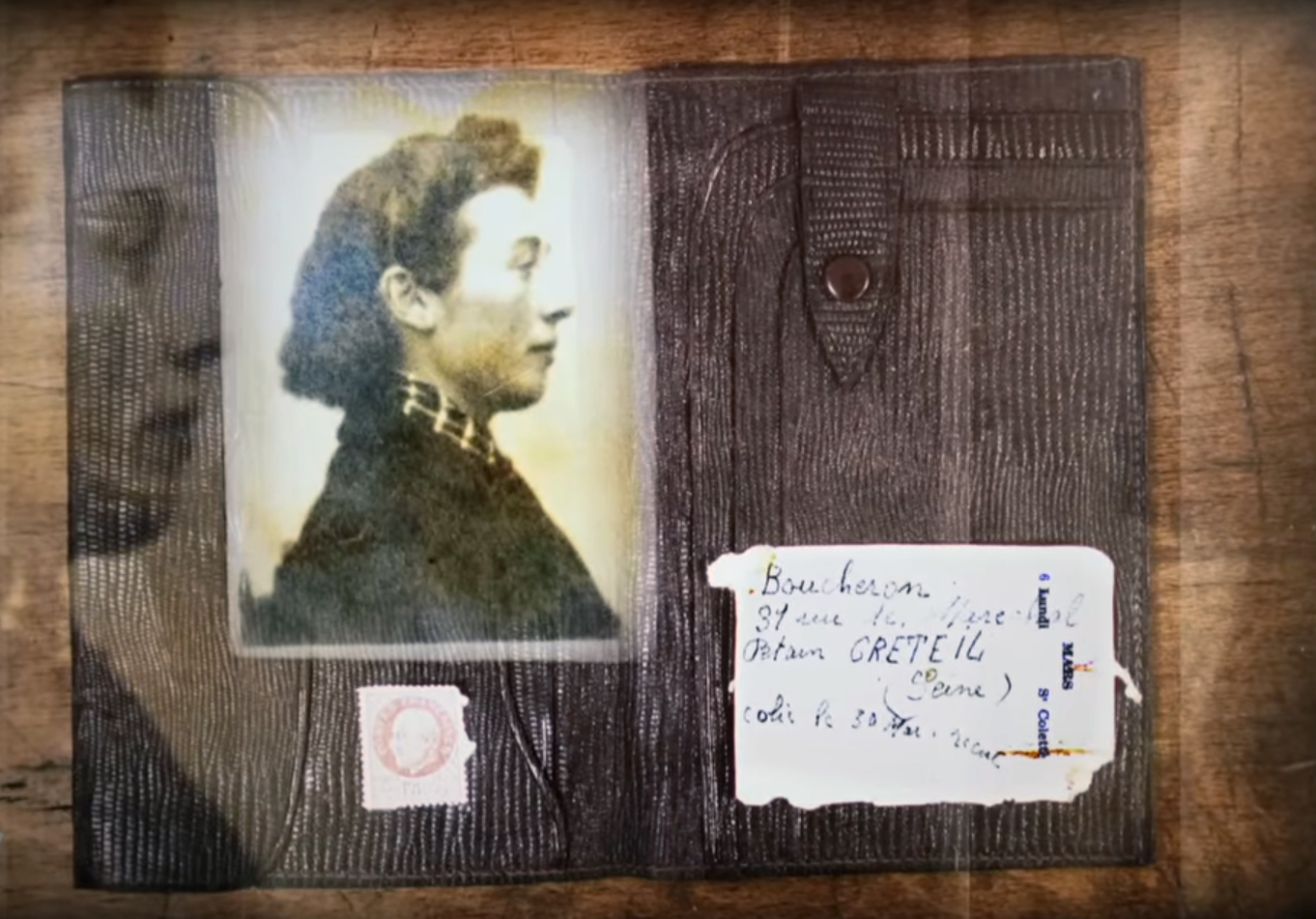How are we going to remember Intxaurrondo?
- The construction of a new Civil Guard headquarters in San Sebastian is planned at the end of this 1970s. But because they had difficulty obtaining building licenses, the government of the UCD of Madrid decided to buy a block for workers. Intxaurrondo Headquarters or Command 513 became operational in 1980
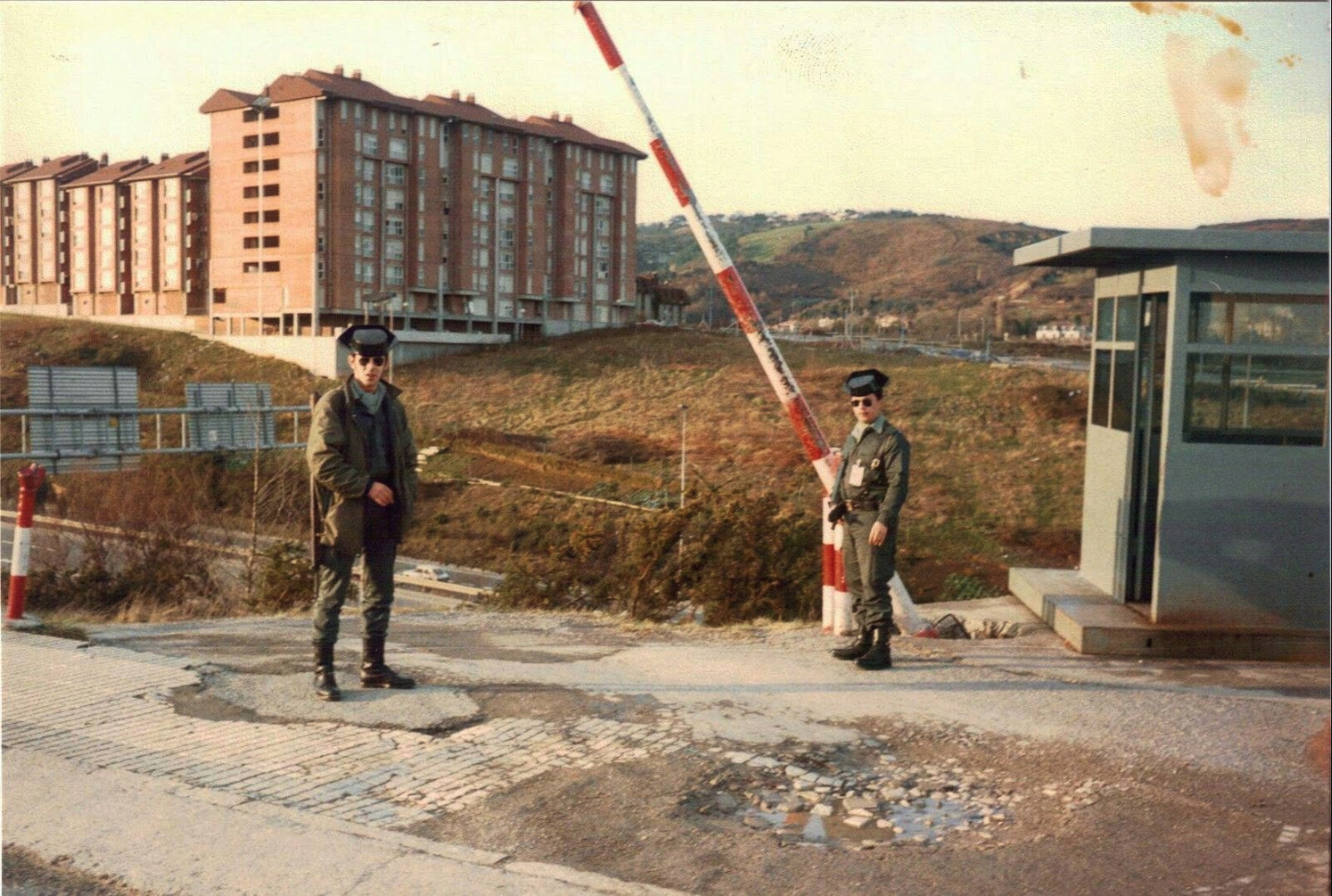
San Sebastián, 1968. The City Hall approved the urban planning of the Intxaurrondo district, with the consequent demolition of 19 villages. In the mid-1950s, working-class neighborhoods began to be built in disorderly fashion and by speculation. However, after the demolition of the dwellings, in the 1970s the urbanization began to take place in a more planned way, and gradually the old rural space was occupied with housing blocks.
At the end of this decade, the construction of a new Civil Guard headquarters in San Sebastian is planned. But because they had difficulty obtaining building licenses, the government of the UCD of Madrid decided to buy a block for workers. The Intxaurrondo headquarters or Command 513 came into operation in 1980, led by Commander Enrique Rodríguez Galindo (1939-2021). At first, until the expansion of the neighborhood was completed, the barracks were isolated and soon extreme security measures made it strong, even the nickname
Fort Apache. For some Intxaurrondo is a symbol of the fight against ETA, from which 278 commands were deactivated and 1,550 members of the organization were arrested.
Throughout the world, several buildings that had been torture spaces are becoming memory spaces (...) But the main torture centre in Western Europe remains the seat of the Command of the Civil Guard of Gipuzkoa
But those who rely on the torture allegations of hundreds and hundreds have given the headquarters other titles: “The Torture Laboratory,” “the main torture centre in Western Europe.” The first case of torture related to the Intxaurrondo headquarters was prior to the inauguration of the headquarters. During the construction of the administrative headquarters, ETA triggered a bomb explosion and arrested Mikel Amilibia. Despite his release without evidence, lawyer Juan Mari Bandres denounced the torture of Amilibia. And not only did the detainees or their lawyers report torture. Amnesty International first reported two cases of torture in Intxaurrondo in 1984.
Around the world, several buildings that had been torture spaces are becoming spaces of memory. Villa Grimaldi, a former detention and torture centre during the Pinochet era in Chile, has become a Peace Museum. In the Santiago stadium, dozens of people were tortured and killed in 1973, including Victor Jara, and since 2003 the stadium has been named the poet and singer. In Barcelona, steps have been taken to turn the police headquarters of Via Laietana into “a place of memory of democracy” so that the systematic torture of Franco’s regime is not forgotten. In the same city of San Sebastian last year, an agreement was signed with the Spanish Government to make the La Cumbre Palace available to the City Hall and make it a memory space. Lasa and Zabala were tortured at the Summit and at the Intxaurrondo headquarters. But the main torture centre in Western Europe remains the seat of the Command of the Civil Guard of Gipuzkoa.
In the Chinese province of Shanxi, in a tomb of the Tang dynasty, paintings depicting scenes from the daily lives of the dead are found. In one of these scenes a blonde man appears. Looking at the color of the hair and the facial expression, archaeologists who have studied the... [+]
Carthage, from B.C. Around the 814. The Phoenicians founded a colony and the dominant civilization in the eastern Mediterranean spread to the west. Two and a half centuries later, with the decline of the Phoenician metropolis of Tyre, Carthage became independent and its... [+]
Salvador Puig Antich frankismoaren kontrako militantea izan zen. Askapen Mugimendu Iberikoko kidea, 1973ko irailaren 25ean atxilotu zuten. Gerra-kontseilua egin zioten, eta garrotez exekutatu zuten handik sei hilabetera, 1974ko martxoaren 2an. Aurtengo otsailean baliogabetu du... [+]
Rudolf Botha hizkuntzalari hegoafrikarrak hipotesi bat bota berri du Homo erectus-i buruz: espezieak ahozko komunikazio moduren bat garatu zuen duela milioi bat urte baino gehiago. Homo sapiens-a da, dakigunez, hitz egiteko gai den espezie bakarra eta, beraz, hortik... [+]
Böblingen, Holy Roman Empire, 12 May 1525. Georg Truchsess von Waldburg overthrew the Württemberg insurgent peasants. Three days later, on 15 May, Philip of Hesse and the Duke of Saxony joined forces to crush the Thuringian rebels in Frankenhausen, killing some 5,000 peasants... [+]
During the renovation of a sports field in the Simmering district of Vienna, a mass grave with 150 bodies was discovered in October 2024. They conclude that they were Roman legionnaires and A.D. They died around 100 years ago. Or rather, they were killed.
The bodies were buried... [+]
Washington, D.C., June 17, 1930. The U.S. Congress passed the Tariff Act. It is also known as the Smoot-Hawley Act because it was promoted by Senator Reed Smoot and Representative Willis Hawley.
The law raised import tax limits for about 900 products by 40% to 60% in order to... [+]











